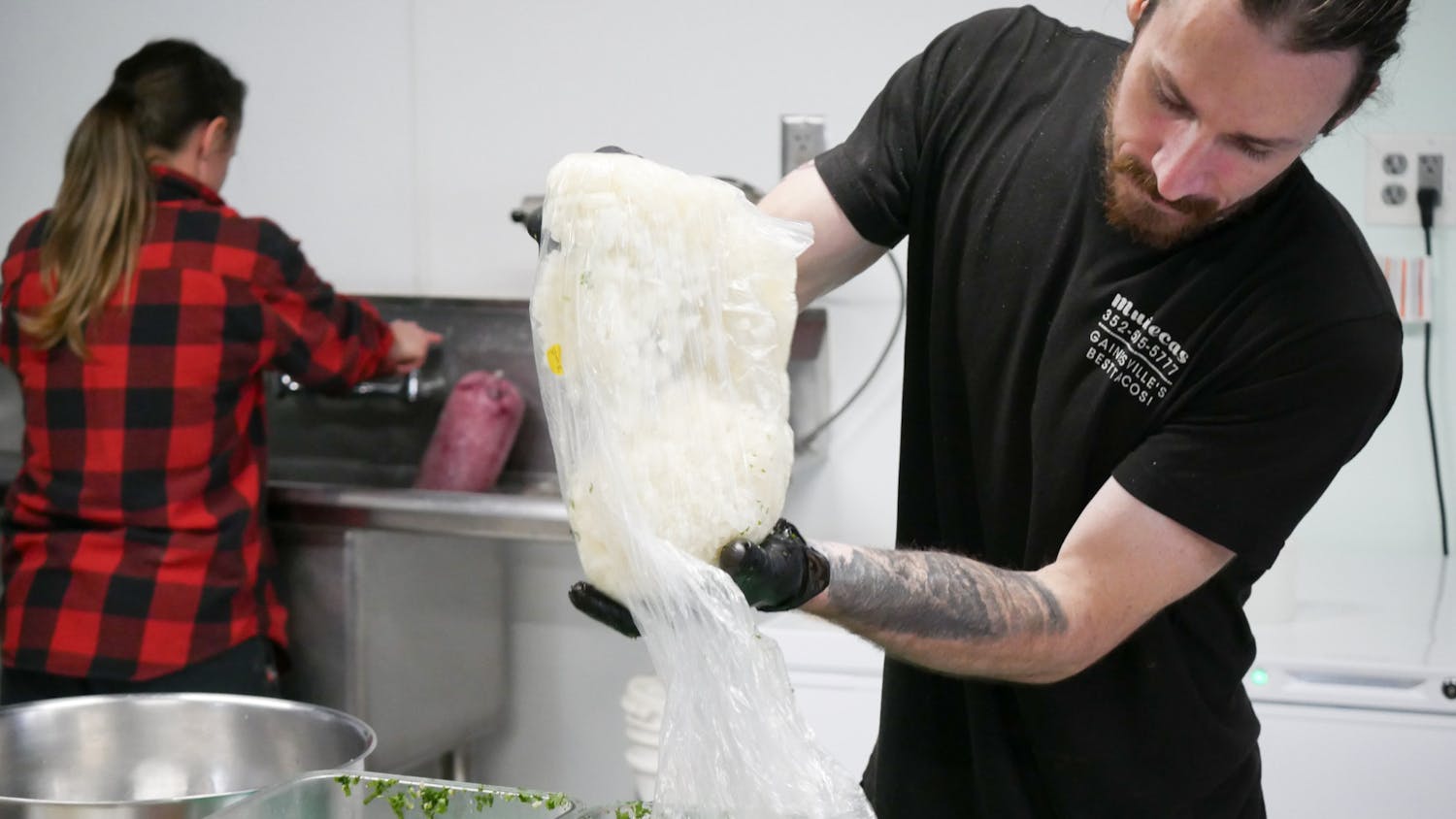Ever been bewildered by the multitude of forks, knives and spoons jostling for space at a formal dinner table? Which to use? When? And how did they get there, anyway?
Bee Wilson, author of “Consider the Fork: A History of How We Cook and Eat,” discusses the history of cutlery and how the implements we use at the table influence eating. While there are fork cultures and chopstick cultures, Wilson claims that spoons are used by every human culture in the world.
Spoons are universal in that every society uses them for one purpose or another: serving, measuring, conveying food from plate to mouth, stirring, scraping, etc. The form of the spoon reveals much about a society: Chinese porcelain blue-and-white spoons for wonton soup and Russian spoons for sticky preserves. Also, spoons reflect what people like to eat. Mother-of-pearl egg spoons indicated the Edwardian fondness for a soft-boiled egg (mother of pearl was used because egg yolk stains silver).
Having more kitchen gadgetry produces “fork anxiety,” according to food writer Darra Goldstein, a nervous condition brought on by the smorgasbord of silverware laid out on the table. Etiquette books describe how to use silver knives, forks and spoons, such as one 19th century etiquette book researched by Wilson: “Soup must always be drunk from the edge of the soup spoon so you’re not getting too close to the soup.” (With the exception of men with moustaches. They were allowed to drink the soup from the end of the spoon.)
The use of the knife and fork coincides with the evolution of the flatter china dinner plates. Knives and forks do not sit naturally in bowls but need a flat surface. Forks were two, three or four prongs, which are also called “tines.” There are two methods for handling a hand and fork. The American method is “zigzag” eating, where you hold a knife in your right hand and a fork in the left and use it to “zigzag” around the plate to scoop up all the morsels. The British practice is another approach, which some consider to be more refined, described by never putting down the knife. The motion is a stately dance. Like oars on a boat, the fork impales and the knife cuts. The knife pushes and the fork carries.
Forks and knives hamper our eating with less dexterity in comparison to the one-handed chopsticks. The use of chopsticks takes a different approach to cuisine. Food is served already cut up and prepared by the cook. Literary theorist and philosopher Roland Barthes argued that chopsticks were the polar opposite of the knife. When holding a knife, we treat our food as food — ready “to pierce, to mutilate.” With chopsticks, there is something “maternal” about them.
Cultures shore the prejudice of eating without tools. Touching food is a sign of slovenliness, lack of manners and limits what can be eaten. The technology of tableware cannot be understood solely in terms of function. There is little you can do with utensils that you cannot do with fingers and a bowl. The next time you pick up a spoon to eat cereal or use a fork and knife for salad, marvel at the cutlery’s deeper significance and how it reveals a society’s values and etiquette.
[A version of this story ran on page 8-9 on 10/2/2014]





